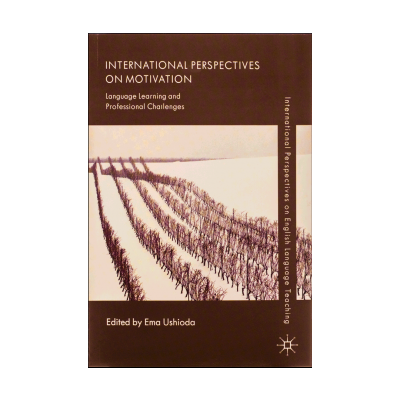روش تدریس زبان انگلیسی
Essentials of Online Course Design
Defining Issues in English Language Teaching
This book looks at different attitudes to English and developments in its description, and it critically examines current proposals for the specification of course content and classroom methodology.
Research Methods In Education 8Th Edition
The Online Teaching Survival Guide
Learning English as a Foreign Language For Dummies
Teaching and Learning in the Language Classroom by Tricia Hedge
Teaching Young Learners English from theory to practice
1,000 Conversation Questions: Designed for Use in the ESL or EFL Classroom
Activities for Very Young Learners
Activities for Very Young Learners is an essential resource for practising and trainee language teachers of three- to seven-year-olds. This handbook contains over 90 easy-to-use activities for the very young learner classroom, and is ideal for teachers who are looking for ideas to engage their learners in meaningful and imaginative ways. Based on their vast experience, the authors present a clear and compelling educational vision in the introduction, along with information on the learning characteristics of this age group and on how to create an optimal learning atmosphere. There are helpful tips for teaching very young learners and suggestions for how to best handle the challenges of teaching this age group. The activities are organised into eight chapters, including: class routines and classroom management; movement and games; songs, chants and rhymes for topics; stories and storytelling; arts, crafts and displays; exploring the world; thinking-based activities; pronunciation and early literacy.




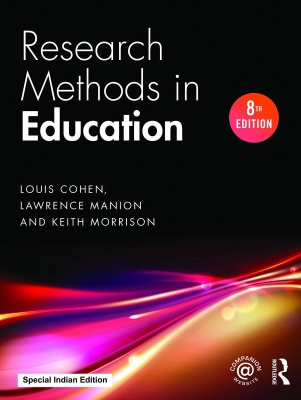

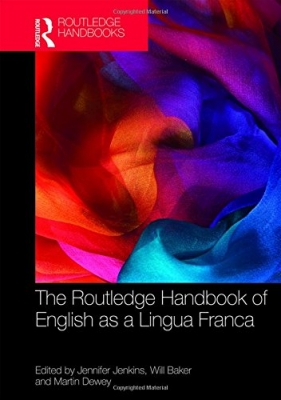


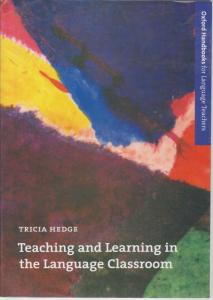

.png)
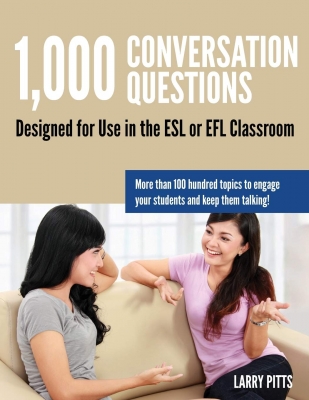


.png)


